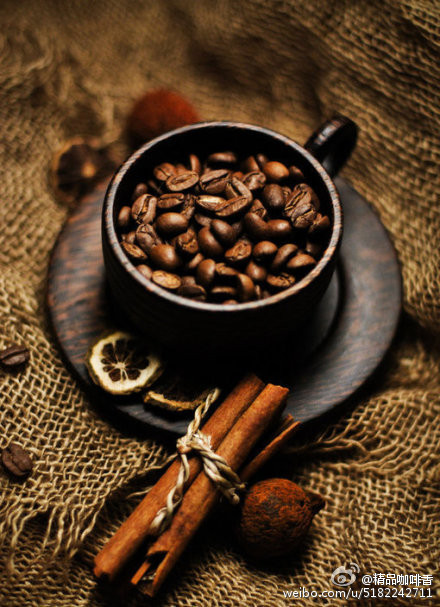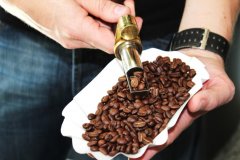Japanese hand Coffee course and Summary Volcano Flushing

Japanese coffee, has a very strong Craftsmanship (craftsman spirit), imagine the Japanese bow, tea, kendo, cuisine, are very ceremonial and exquisite, although not the so-called "craftsman", but are sufficient to reflect the connotation of the word Craftsmanship.
Now, Japan can call its coffee culture Coffee Road! They give the highest respect to a cup of coffee, which is probably the essence of its coffee path.
There are so many genres in Japan now that it is impossible to count them clearly. You may say that there are also some in China, but you just don't know it. Indeed, there is in China, only to do hand flushing, everyone has their own method of flushing, water temperature, grinding, current size, water cut-off times, launching height, and so on. However, no other country's hand coffee can be as systematic, classified and sectarian as Japan.
What we're going to talk about today is one of the Japanese hand streams-volcanic flushing, as the name implies, when brewing, the coffee powder in your filter cup will swell like a volcano and erupt like a volcano, which is amazing.
According to a coffee master, the first 1/3 sections of the volcanic rush are over-extracted, and the last 2/3 sections are less extractive, and the liquid separation is very uneven, so they have to shake for a long time after rinsing. Two obviously unpleasant coffee liquids, together, have become delicious. This already belongs to the category of cool techs. For this way of brewing, which I completely do not understand, I am awarded the title of "the right hand of God".
Once again, I hope that Chinese coffee people guard against arrogance and rashness, with the goal of making a good cup of coffee, less gimmicks, more focus, and be a coffee man with an attitude.
Important Notice :
前街咖啡 FrontStreet Coffee has moved to new addredd:
FrontStreet Coffee Address: 315,Donghua East Road,GuangZhou
Tel:020 38364473
- Prev

Coffee beans roasting common sense coffee different roasting degree description
The description of coffee roasting degree is different in different regions, sometimes it is difficult for us to distinguish. Today, Chongqing Brista Barista Barista Training School arranges four different description methods for friends under different roasting degrees. Let's take a look at the different descriptions of the most basic light, medium, medium, and deep roasts. Light Bake: Light brown. this
- Next

[exclusive interview] World Coffee tournament referee Gvelum
Gvelum has been working as a barista since 1997. He has traveled to 36 countries and trained more than 40 baristas. He is the 2009 World Barista Competition (WBC) champion and current World Coffee Championship (World Coffee Events) referee. He is one of the co-founders of Prufrock Cafe and founded a barista training school on the outskirts of Prague, Czech Republic.
Related
- Beginners will see the "Coffee pull flower" guide!
- What is the difference between ice blog purified milk and ordinary milk coffee?
- Why is the Philippines the largest producer of crops in Liberia?
- For coffee extraction, should the fine powder be retained?
- How does extracted espresso fill pressed powder? How much strength does it take to press the powder?
- How to make jasmine cold extract coffee? Is the jasmine + latte good?
- Will this little toy really make the coffee taste better? How does Lily Drip affect coffee extraction?
- Will the action of slapping the filter cup also affect coffee extraction?
- What's the difference between powder-to-water ratio and powder-to-liquid ratio?
- What is the Ethiopian local species? What does it have to do with Heirloom native species?

